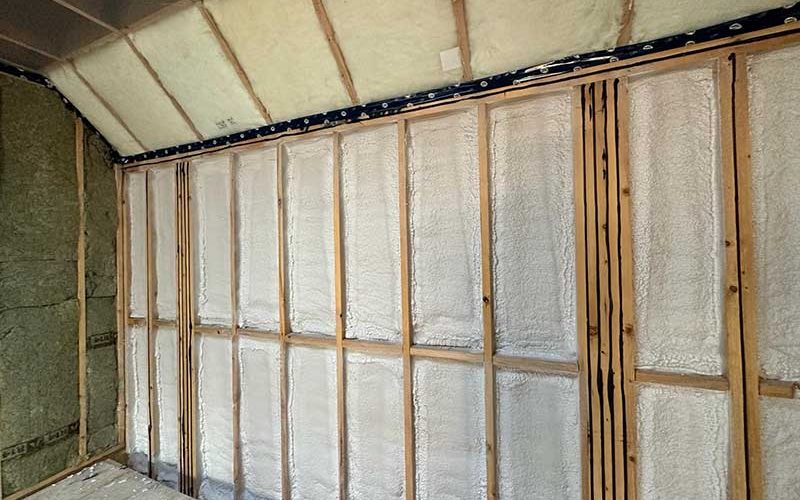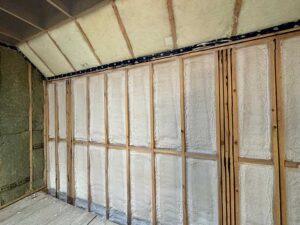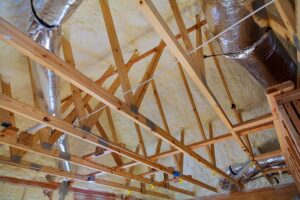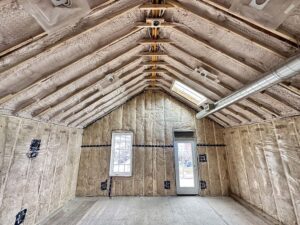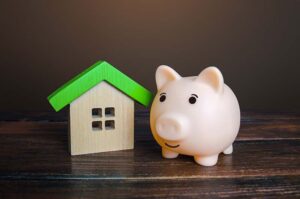Toronto winters are no joke. When that icy wind starts whipping around, staying warm inside becomes a priority. Sure, cranking the heat is one way to fight the chill, but a far smarter (and more cost-effective) way is to ensure your home is properly insulated. The key measurement here is R-value, and understanding this number will make a world of difference in your comfort and your energy bills.
What is R-Value?
R-value measures a material’s ability to resist heat flow. The higher the R-value, the better the insulation will be at keeping your home warm in winter and cool in summer. It’s like putting on a thicker sweater for your house– the more warmth it traps, the less your furnace has to work.
Why R-Value Matters in Toronto
We don’t live in a mild climate here in Toronto. Our winters are long and cold, and our summers can be surprisingly hot and humid. This means your insulation gets a heavy workout all year round. Choosing materials with an appropriate R-value for our specific climate is crucial to making your energy dollars stretch as far as possible.
Toronto’s Insulation Standards
Building codes in Toronto (and across Canada) specify minimum R-values for different areas of your home. Here’s a basic breakdown:
- Attics: R-60 is the current recommendation for most Toronto homes.
- Walls: Aim for R-20 to R-25 in exterior walls.
- Basements: R-12 to R-20 depending on how your basement is finished.
These are just minimums; exceeding them will often save you even more on heating and cooling.
The Energy Savings Payoff
Upgrading to higher R-value insulation isn’t cheap initially, but let’s look at the numbers. Let’s assume you have an older Toronto home with an attic R-value of only R-20. Upgrading to modern R-60 standards could save you hundreds of dollars on your energy bills each year, especially with rising energy costs. Over time, the investment pays itself back many times over.
Government Rebates and Incentives
The great news is that you don’t have to shoulder the cost of insulation upgrades alone! Both the federal and provincial governments offer rebates and incentives to help Toronto homeowners make their homes more energy-efficient. These programs can significantly reduce the upfront costs of adding better insulation. Popular programs include:
- The Canada Greener Homes Grant: Offers major rebates for energy-efficient improvements, including insulation upgrades.
- Enbridge Home Efficiency Rebate: Get money back when you upgrade your home’s insulation through eligible contractors.
How Do I Know My Home’s R-Value?
If you’re unsure of your home’s current insulation levels, consider a professional energy audit. Trained specialists will assess your entire home for heat loss and air leaks, giving you a clear picture of where your home needs insulation improvements. Many energy audit companies offer these services in the Toronto area.
Beyond the Basics
While R-value is incredibly important, it’s not the only factor to consider. Proper installation is crucial for insulation to perform effectively. Air sealing your home to prevent cold drafts is just as important as the insulation itself!
Conclusion
Understanding R-value is the first step towards a more comfortable and energy-efficient Toronto home. By investing in better insulation and taking advantage of available rebates, you’ll be saving money and reducing your environmental impact for years to come.

